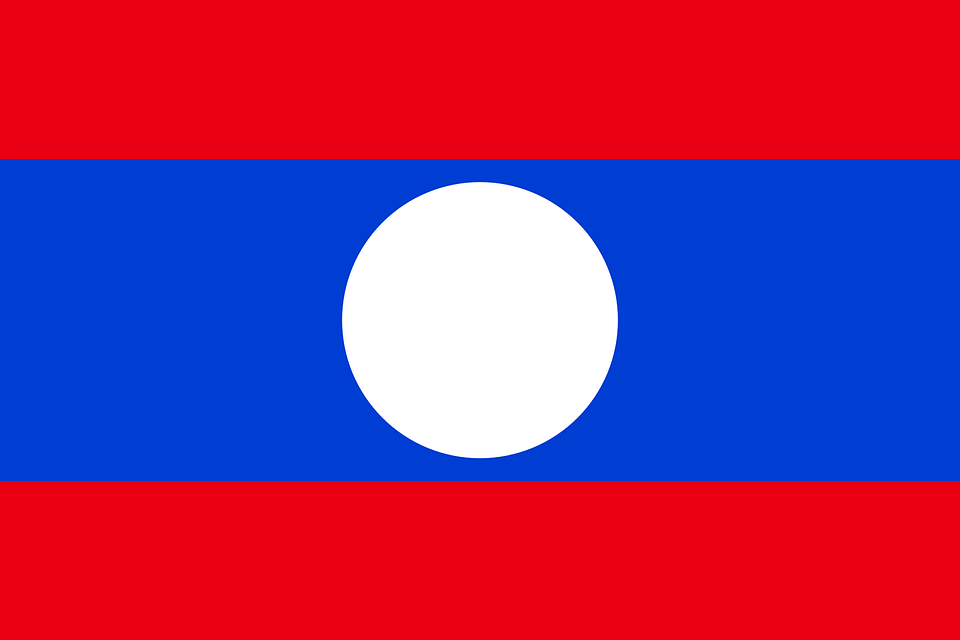“La Fuette” and “La Fusette”: evidence of use of a trademark with a logo
Le Fournil has exclusive rights to the French semi-figurative trade-mark “La Fuette”, relating to bread and baking services and in particular, a higher quality of bread sold in bakeries with the trade name and shop sign “ La Fuette”. The company, Coup de pâtes on the other hand, is a company that sells frozen, pre-cooked bread under the name “Fusette”.
After having carried out a seizure for counterfeiting, Le Fournil proceeded to take action against the litigious company for trademark infringement and unfair competition. Coup de pâtes lodged a counterclaim requesting the revocation of the rights of Le Fournil to its trademark “La Fuette”.
The Court of Appeal of Paris ordered the revocation of the trademark. An appeal to the Court of Cassation was then filed on the grounds that the Court of Appeal failed to apply the rules relating to revocation. In its decision, the Court of Cassation reprehends the appellate court judges and renders a very detailed and comprehensive judgement, providing information on revocation for non-use, according to Article L.714-5 of the French Code of Intellectual Property. Indeed, the holder of a trademark must be able to prove genuine use of its trademark for goods and services during a continuous period of 5 years.
The case however requires discussion given the particular context. As it related to bakery products and services, the trademark itself could not be affixed to the products.
In light of this, the Court of Cassation takes into account the specificities of the trademark and reprehends the Court of Appeal, stating that the latter should have looked into whether the commercial and advertising evidence relating to the marketing of the products could demonstrate an actual use of the trademark.
In this respect, the Court of Cassation states: “The assessment of the genuine use of a trademark should be based on all the facts and circumstances concerning the use of the trademark on the market.”
The Court of Appeal should have shown greater flexibility and taken into account signs and labels and all other evidence provided by Le Fournil in order to fully understand the disputed commercial operation.
Moreover, La Fuette provided evidence of the use of the word mark “La Fuette” when actually, the registration related to a semi-figurative mark. The Court of Appeal held that the trademark should be used without any alteration. This initial decision is a hars one..
Is the sign “La Fuette” not the dominant component of the trademark?
The landmark decision of the European Court of Justice “Sabel” of 11 November 1997 (ECJ, 11 Nov. 1997, Sabel, Case C-251/95) helped clarify the concept of the “dominant” component of trademarks. The decision explains that a comprehensive decision must be based on the overall impression generated by the trademarks, taking into account in particular, their distinctive and dominant components. The average consumer’s perception of trademarks thus plays a key role in the assessment of the risk of confusion. As it is, the average consumer only has a general impression of the trademark and does not assess each and every detail.
The Court of Cassation rightly reprehended the strictness of the decision of the Court of Appeal, according to which, the supporting documents put forward were ineffective merely because they did not include the figurative element. The Court of Appeal should have looked into whether the word mark “La Fuette” was the distinctive dominant component, meaning that its use, even without the figurative element, amounted to use of the trademark in a modified form which in turn, does not alter its distinctive character.
The primary and core function of a trademark is to indicate to consumers the origins of the goods and/or services it covers, making it therefore possibile to differentiate between the goods and services of a company from those of its competitors.
Contrary to the decision of the Court of Appeal, the Court of Cassation, in referring to the inspection report by the National directorate for competition and consumer policies (Direction nationale de la concurrence et de la consummation) dated November 14, 2008, ruled that the term “La Fuette” was used to designate a particular type of bread whose origin was guaranteed. The disputed trademark therefore allows for the distinction of its goods and services from that of its competitors.
Paragraph 4 of Article L714-5 of the French CIP (CPI) indeed specifies that genuine use of a trademark, either preceding or following the five-year period does not preclude its revocation if it was undertaken during the three months prior to the revocation request and after the owner is made aware of the possibility of such a request. Thus, the Court of Appeal should not have disregarded the claims relating to genuine use of the trademark solely because the evidence presented related to a time after the three-month period following the revocation request and without considering that at the time, Le Fournil was indeed aware of a potential request. This requirement necessitates a certain degree of compliance with the deadlines which must be enforced by the Court of Cassation.
Caution is therefore advised in terms of use of a trademark. It is highly important to make use of a trademark, as it it registered. Alternatively, it may be beneficial to apply for the registration of a new trademark altogether.
Read further
European Union: appreciation of evidence of use in revocation proceedings of a mark


















